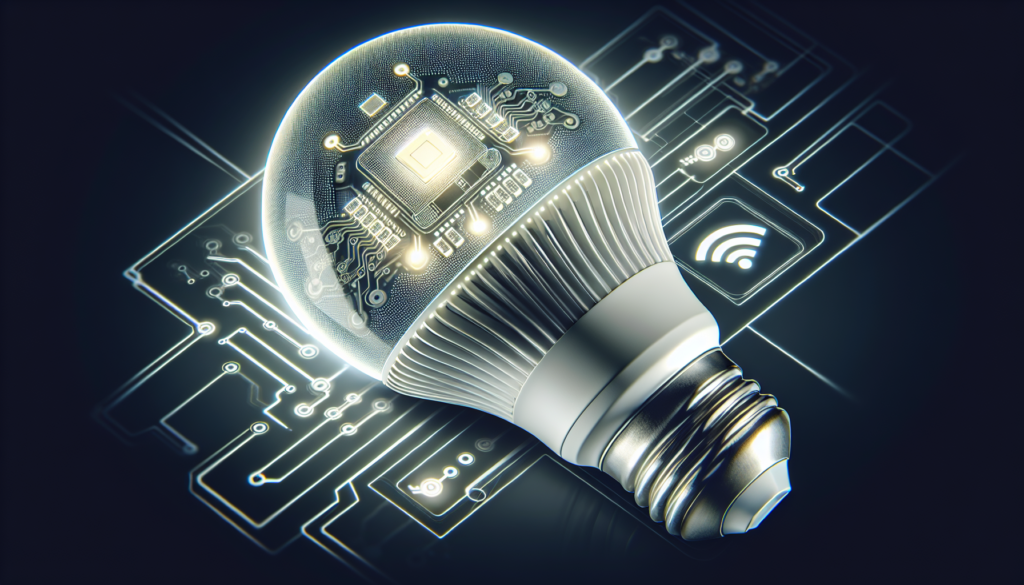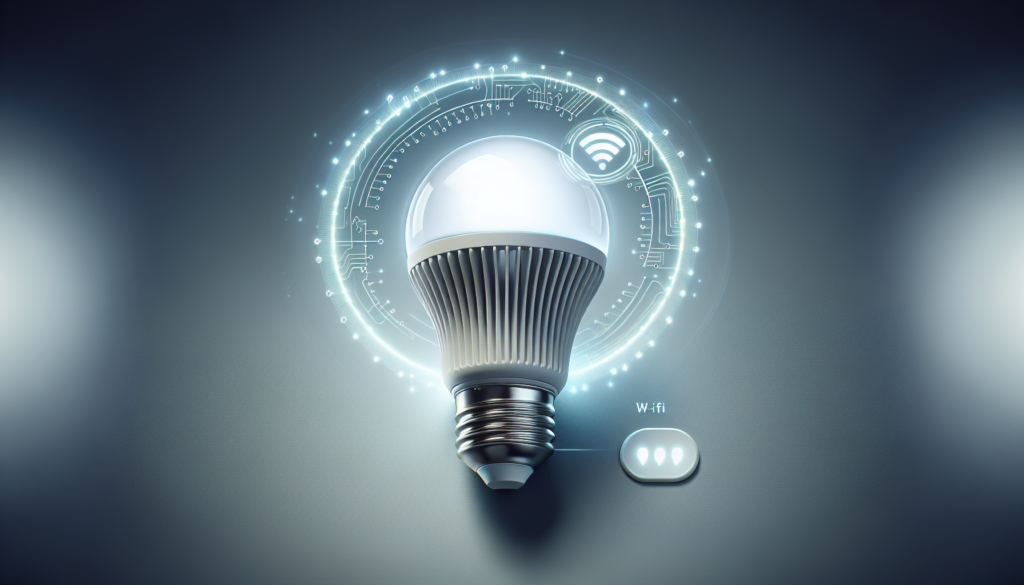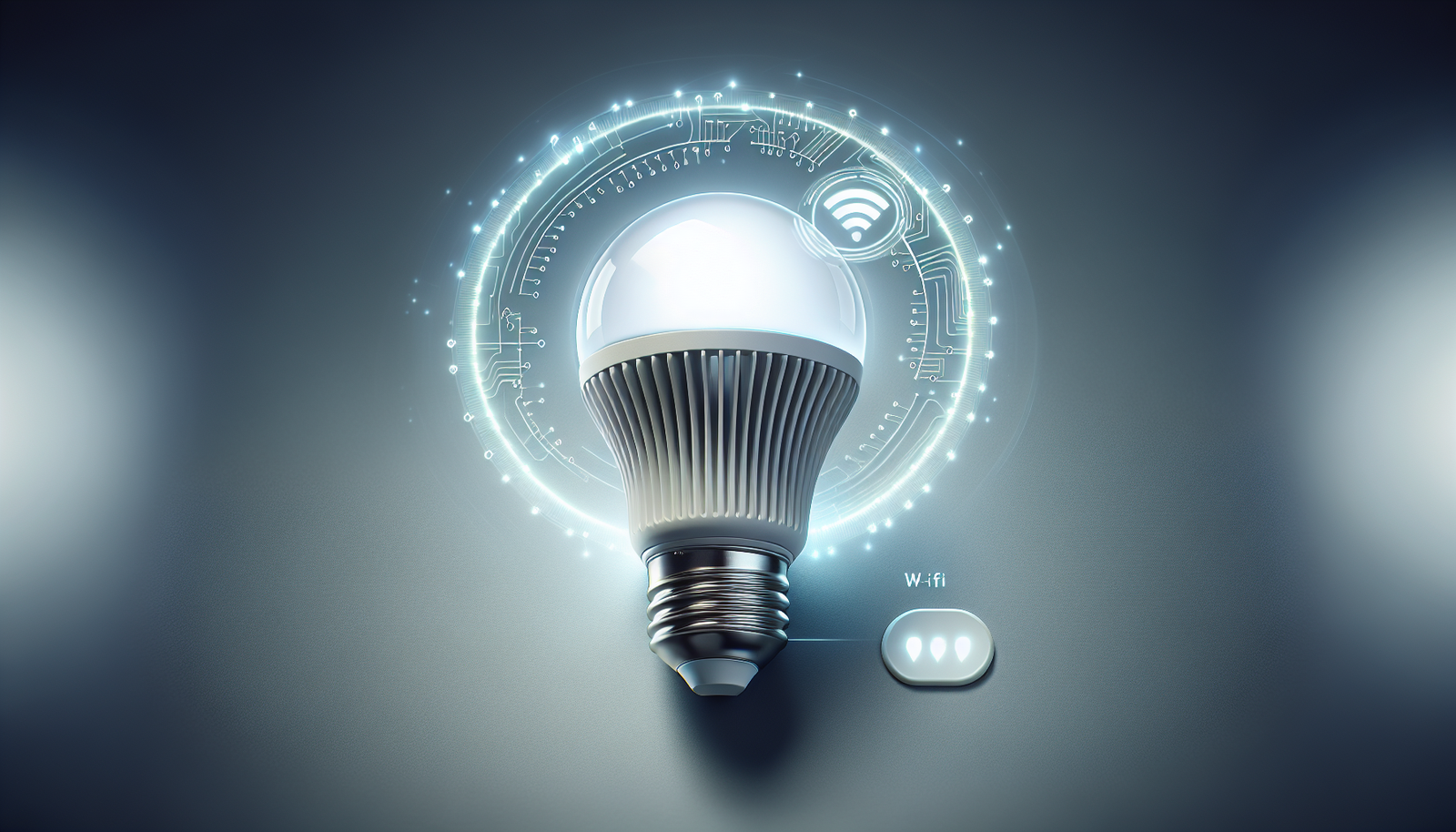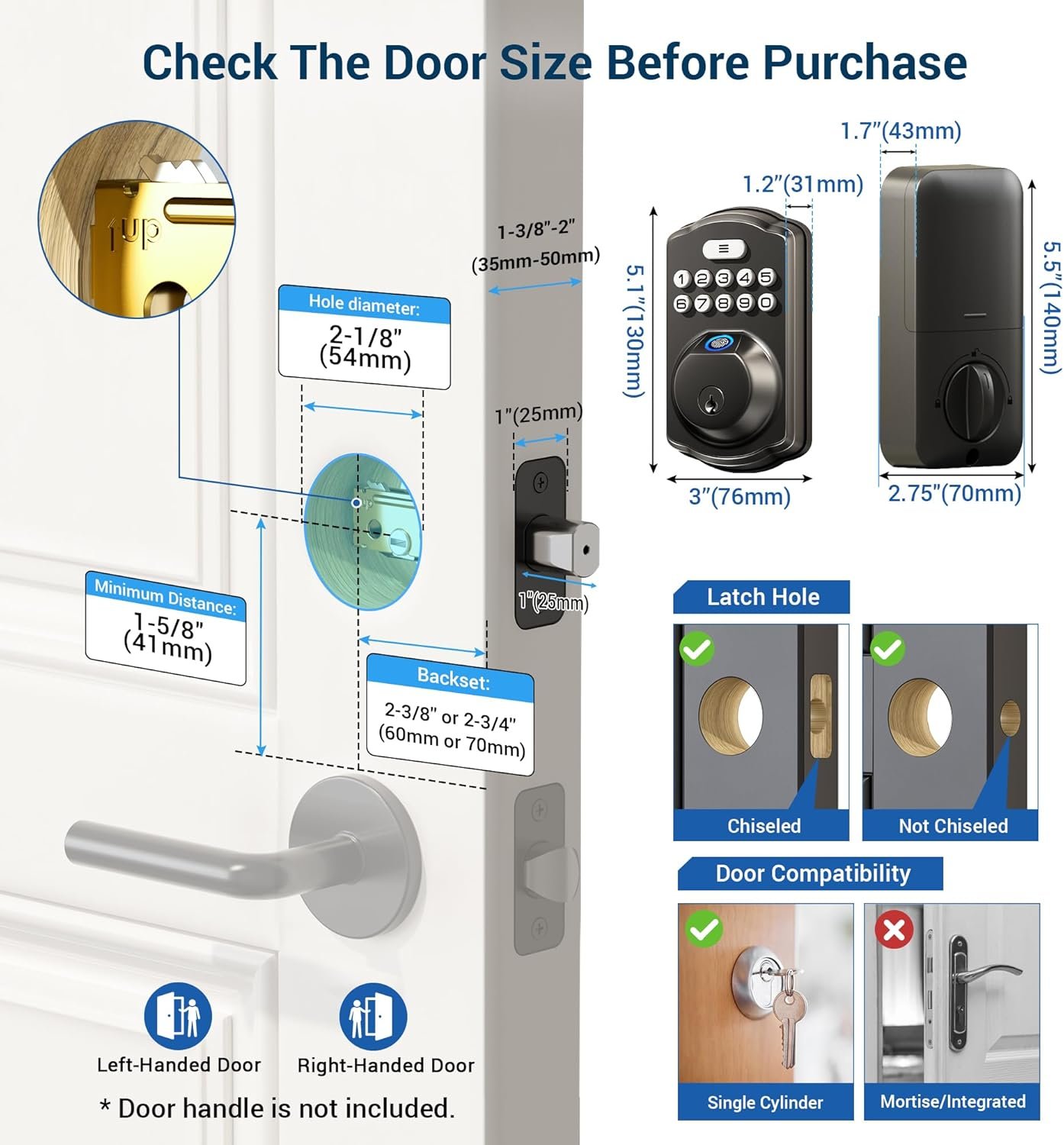Have you ever found yourself questioning whether the light bulb in your hand is a smart bulb? With the rising popularity of smart lighting systems, many are considering making the shift to integrate more advanced solutions in their homes. Whether you’re a homeowner considering an upgrade or a tech enthusiast fascinated by the latest in smart home innovations, understanding the subtleties of smart bulbs is crucial for making an informed decision.

Understanding Smart Bulbs
What Are Smart Bulbs?
Smart bulbs are advanced lighting solutions that offer more than just illumination. They’re designed to be integrated into a smart home network, allowing for various controls and automation. Utilizing technologies such as Wi-Fi, Bluetooth, or Zigbee, these bulbs can be remotely controlled, scheduled to operate at certain times, and often provide a spectrum of colors and dimming options.
Key Features of Smart Bulbs
Smart bulbs come with a variety of features that set them apart from traditional incandescent or LED bulbs:
- Remote Control: Through a smartphone app or voice assistant, you can control your lighting from anywhere in the world.
- Scheduling and Automation: Smart bulbs can be set to turn on or off according to a schedule, enhancing energy efficiency and convenience.
- Customizable Lighting: Many smart bulbs offer dimming and color-changing capabilities, allowing you to alter the ambiance of your room with ease.
Identifying a Smart Bulb
Physical Examination
Begin with a physical inspection of the bulb. Smart bulbs often have recognizable branding associated with technology companies, such as Philips Hue or LIFX. Another visible indicator is the presence of a QR code or a serial number which can be scanned or entered into an app for setup and control.
Technical Specifications
Checking the bulb’s technical specifications can offer further insights:
- Connectivity Specifications: Smart bulbs typically have Wi-Fi, Bluetooth, or Zigbee technology listed.
- Power Ratings: While not exclusive to smart bulbs, power ratings on smart bulbs sometimes list power efficiency or consumption differently due to their additional functionalities.
Installation and Compatibility
How to Install Smart Bulbs
Installing smart bulbs is generally straightforward. These bulbs fit into existing fixtures, although some might require a specific type of socket or fixture compatible with their system.
- Turn Off Power: Always ensure the power is turned off to avoid electric shock.
- Insert the Bulb: Screw the smart bulb into the socket just as you would with a regular bulb.
- Connect to Network: Use the bulb’s app to connect it to your Wi-Fi network, following the instructions provided.
Compatibility Considerations
Not all smart bulbs are universally compatible. Factors to consider include:
- Fixtures: Check if the bulb fits your existing fixtures and light socket types.
- Smart Home Systems: Ensure that the bulb integrates well with your existing smart home ecosystem, whether that involves Alexa, Google Home, or Apple HomeKit.
Cost and Energy Efficiency
Initial Investment vs. Long-term Savings
Smart bulbs generally have a higher upfront cost compared to traditional bulbs. However, the energy savings and extended lifespan often offset the initial investment.
Measuring Energy Efficiency
Smart bulbs are designed for efficiency:
- Lower Power Consumption: Many smart bulbs use LED technology, which is far more energy-efficient than traditional incandescent bulbs.
- Automation for Savings: By scheduling lights to turn off when not needed, smart bulbs can help reduce unnecessary electricity usage.

Integration and Automation
Smart Home Integration
Integrating smart bulbs with a smart home system is one of their greatest advantages. They can be connected with other smart devices for a coordinated home experience.
- Voice Control: Use voice commands via Alexa, Google Assistant, or Siri to control brightness, change colors, or turn lights on/off.
- Automation Routines: Set scenes or routines that automatically adjust lighting based on time of day or triggered by other smart devices.
Limitations
There are, however, several limitations and potential downsides:
- Network Dependence: Smart bulbs heavily depend on Wi-Fi or Bluetooth; connectivity issues can lead to lags or disconnections.
- Security Risks: As with any network-connected device, there’s a potential risk of unauthorized access if security measures aren’t strictly followed.
- Energy Use in Standby: While they save energy during operation, consider that these bulbs consume a small amount of power even when “off” to maintain connectivity.
Troubleshooting Common Issues
Connectivity Problems
Connectivity can be a frequent issue with smart bulbs.
- Signal Interference: Ensure your router is not overloaded. Repositioning the router or installing range extenders may be necessary.
- Firmware Updates: Regularly check for and install any firmware updates for the smart bulb via the manufacturer’s app.
Customizing and Scheduling Issues
- App Compatibility: Ensure that the app used for the bulb is the latest version and matches your smartphone’s OS version.
- Restart and Reset: If issues persist, attempting a simple restart or a factory reset might resolve many setup issues.
Exploring Smart Lighting Ecosystems
The Role of Hubs and Switches
Smart lighting doesn’t end with bulbs alone. Smart switches, dimmers, and hubs can enhance your experience.
- Smart Switches and Dimmers: These allow for physical control while still maintaining bulb automation.
- Hubs: Certain smart bulbs require hubs to connect to and communicate with other devices, offering more robust and wide-reaching control.
Outdoor and Specialized Applications
Smart bulbs are not limited to indoor use.
- Outdoor Solutions: Look for weather-resistant bulbs designed for outside installations. Often they come with features tailored for security, such as motion detection or brightness enhancement during specific hours.
- Specialty Applications: These can include bulbs that sync with music or change colors according to on-screen content if you’re using them in entertainment areas.
Future Trends in Smart Lighting
Advancements in Technology
The future of smart lighting is promising, with numerous innovations on the horizon:
- Improved Interactivity: As AI advances, expect smarter, more intuitive interactions with your lighting systems.
- Sustainability Focus: There’s a growing trend in developing even more energy-efficient options catering to environmentally conscious consumers.
Market and Consumer Expectations
The growing smart home market means an increase in competition among manufacturers, which likely leads to more affordable options and innovative features being available more swiftly to consumers.
In conclusion, identifying a smart bulb involves understanding key features and functionalities. Whether your focus is on energy savings, convenience, automation, or simply joining the smart home revolution, there’s a smart bulb to satisfy every need. As you venture into this realm, consider the added advantages and potential downsides to make an informed decision that best integrates with your home and lifestyle.
Disclosure: As an Amazon Associate, I earn from qualifying purchases.





